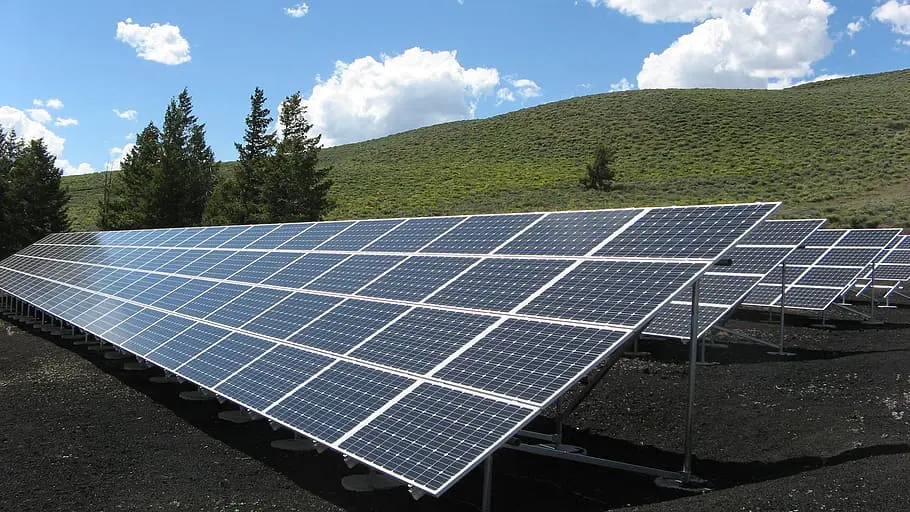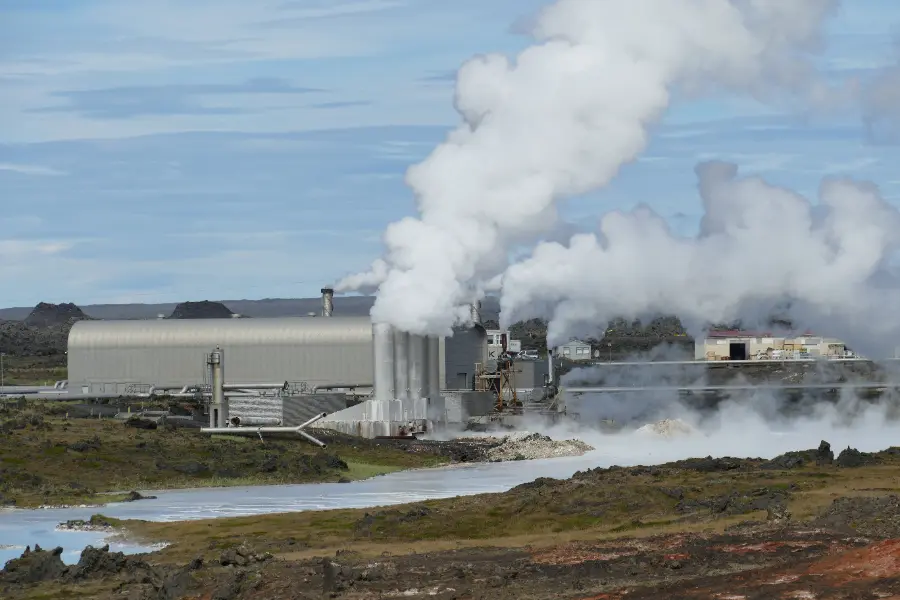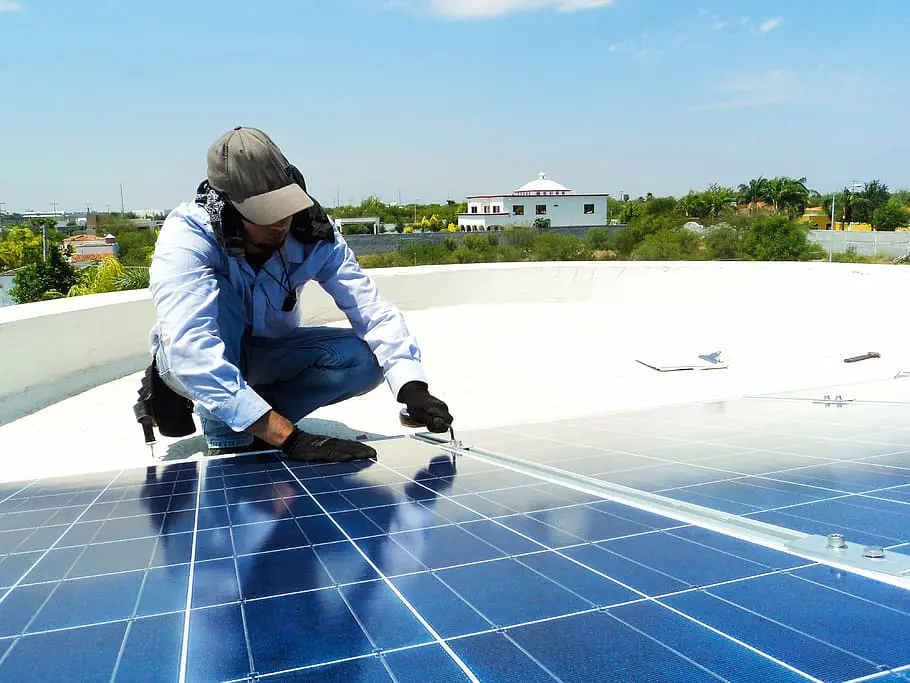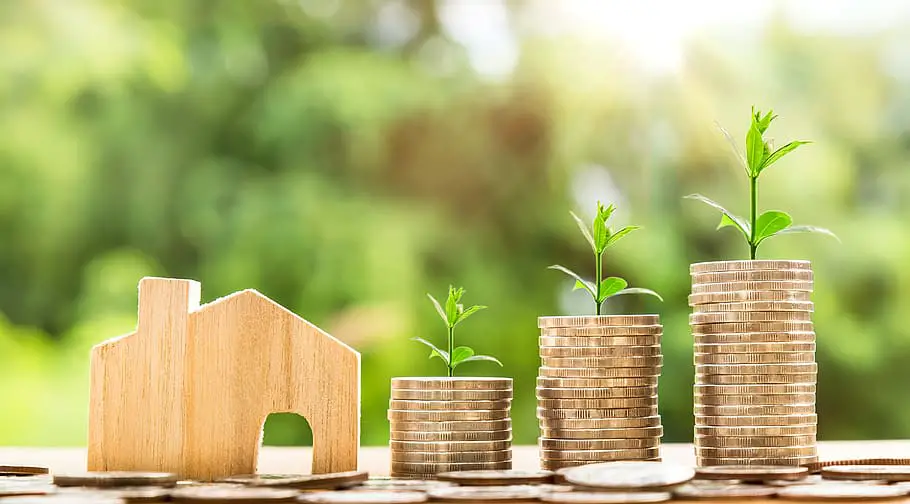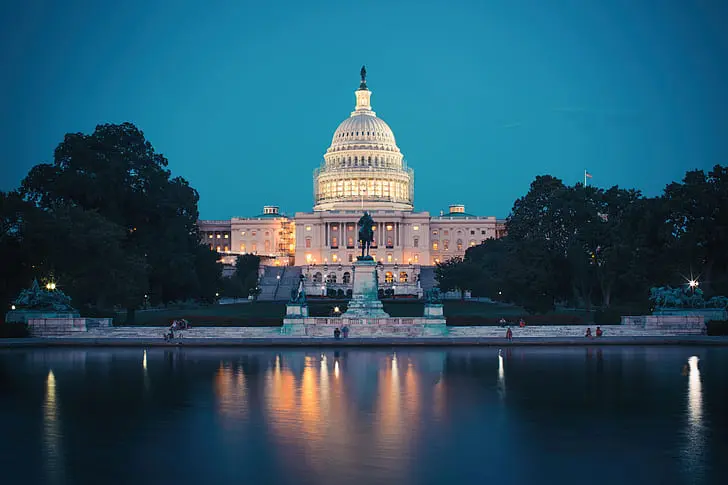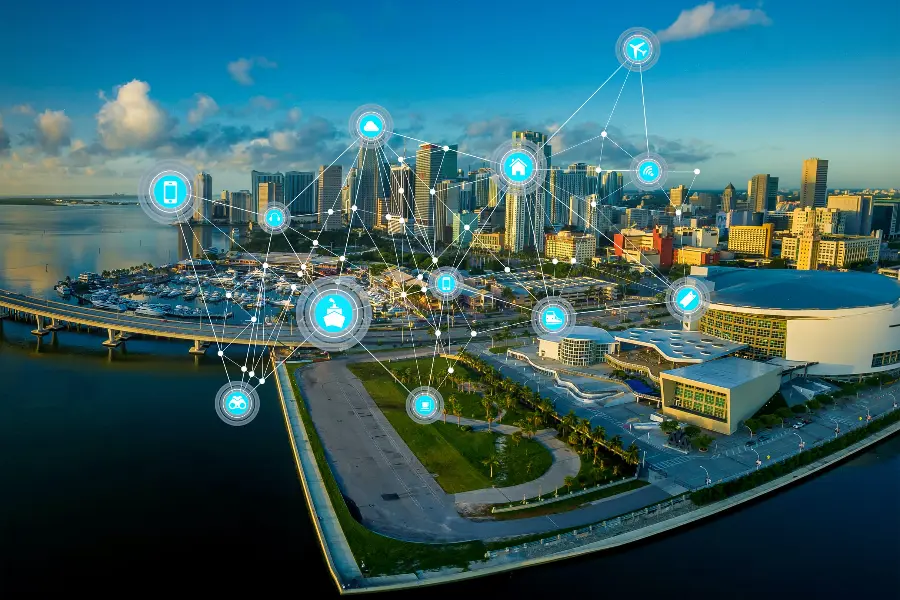
Discover how community-led clean energy is changing the game for sustainability. Learn how local initiatives are making a big impact, one community at a time.
Community-led clean energy is an approach where local communities initiate and manage their own sustainable energy projects. These projects range from solar and wind installations to energy efficiency programs, effectively reducing carbon emissions and fostering local economic growth.
Community-Led Clean Energy
Have you ever wondered how powerful a neighborhood, town, or even a small city can be? Well, you’re about to find out!
Community-led clean energy is not just a buzzword, it’s a local revolution that’s empowering people and saving the planet.
Let’s dive in and learn how your community can join the movement.
The transition to clean energy is more than a trending topic, it’s imperative for our planet’s future.
From reducing greenhouse gas emissions to creating sustainable economies, the reasons to embrace clean energy are numerous.
Amidst this global challenge, a more localized approach has begun to show promise: community-led clean energy initiatives.
This blog post will explore the vital role that communities are playing in transforming our energy landscape.
The Importance of Community Involvement

In a world where large corporations often dominate the energy sector, the role of local communities in driving clean energy initiatives is crucial.
This section delves into why grassroots movements are instrumental in making significant strides toward a more sustainable energy future.
Why Communities Matter
Communities act as vital catalysts for change, especially in the transition to clean energy.
Unlike large corporations or governmental bodies, communities can mobilize quickly and respond to local needs, making them key players in this sector.
Local Actions, Global Impact
Small-scale community initiatives can have far-reaching effects.
When communities adopt clean energy, they set an example for others, thereby accelerating the global shift toward sustainability.
Bypassing Red Tape
Local initiatives can often sidestep the bureaucratic hurdles that larger projects face, resulting in quicker implementation and immediate benefits for residents.
Types of Community-Led Clean Energy Initiatives

As the saying goes, there’s more than one way to light a bulb especially if it’s powered by renewable energy.
This part of our discussion explores the different avenues communities are taking to shift towards cleaner energy options, from renewable energy projects to efficiency programs.
Renewable Energy Projects
Communities are installing their own solar panels, wind turbines, and even hydroelectric systems.
These projects not only provide clean energy but also create local jobs.
Energy Efficiency Programs
Many communities host workshops and offer incentives for residents to make their homes more energy-efficient.
This not only cuts costs but also reduces overall energy consumption.
Financing Models
Financial obstacles can be daunting, but innovative solutions like crowdfunding or cooperative ownership models are making community-led energy projects more accessible.
Case Studies: Success Stories from Real Communities
Sometimes, the best way to understand a concept is through real-world applications.
This section aims to highlight case studies of communities that have effectively implemented clean energy projects, turning the theoretical into practical, achievable results.
Kodiak, Alaska’s Wind and Hydro System
Kodiak, Alaska, offers an extraordinary model for community-led clean energy projects.
The city has achieved a 99.7% renewable energy status, largely through a mix of wind and hydroelectric power.
Initially, the project faced challenges such as environmental concerns and securing initial funding.
However, Kodiak’s success has not only slashed the community’s carbon footprint but has also stabilized electricity rates, thereby generating local economic benefits.
This initiative serves as a roadmap for how remote communities can attain energy independence.
Brooklyn Microgrid’s Peer-to-Peer Solar Energy Trading
In Brooklyn, New York, a fascinating experiment called the Brooklyn Microgrid is revolutionizing community-led clean energy.
This project allows residents to produce solar energy and sell their excess directly to neighbors via a secure blockchain network.
Initially, there were legal hurdles concerning utility regulations, and buy-in from the community was needed.
Despite these obstacles, the project has been successful in demonstrating a viable model for decentralized, community-based energy trading.
It showcases the potential for future urban energy landscapes to be more democratic and sustainable.
The Role of Policy and Regulation

Legislation and guidelines can be a double-edged sword when it comes to community-led clean energy projects.
In this section, we’ll investigate how policies can either facilitate or impede the progress of grassroots initiatives and what can be done to align regulatory frameworks with community goals.
Policy Support
A friendly policy environment can go a long way in aiding community-led projects.
Tax incentives, grants, and streamlined approvals can significantly boost local initiatives.
Policy Hurdles
Conversely, a lack of supportive policies can stifle community energy projects.
It’s crucial for local leaders to advocate for regulations that enable, not hinder, clean energy transitions.
Benefits of Community-Led Clean Energy
While environmental preservation is a key driver for clean energy, the benefits don’t stop there.
This part of our discussion enumerates the various advantages and economic, social, and environmental that communities can enjoy when they take the reins of their own energy production.
Environmental Impact
Clean energy projects result in a reduced carbon footprint and lower levels of pollution, making a significant environmental impact.
Economic Advantages
Aside from lowering energy costs, these projects also generate local jobs, boosting the community’s economy.
Social Cohesion
Common goals foster unity and camaraderie, strengthening the fabric of the community itself.
How to Get Involved

The journey from being a passive observer to an active participant in community-led clean energy initiatives can be both exciting and daunting.
This section provides a roadmap for individuals eager to get involved, detailing the steps you can take to contribute meaningfully to your community’s energy future.
Step-by-Step Guide
Getting started with a community-led clean energy project can be as simple as organizing a local meeting to discuss ideas and gauge interest.
Roles to Play
Whether you’re an organizer or just want to lend a hand, there’s a role for everyone in these projects.
Resources
Various organizations offer tools and guidance to help communities start their own clean energy initiatives.
Challenges and Solutions
Every silver lining has a cloud, and community-led clean energy initiatives are no exception.
This section aims to lay out the potential roadblocks these projects may face, along with practical solutions for overcoming them, turning challenges into opportunities for growth and learning.
Potential Roadblocks
Funding and bureaucratic delays often serve as significant challenges, but these are not insurmountable.
Strategies to Overcome
Strong community engagement, coupled with clever financial planning, can help overcome most barriers.
Frequently Asked Questions (FAQ)
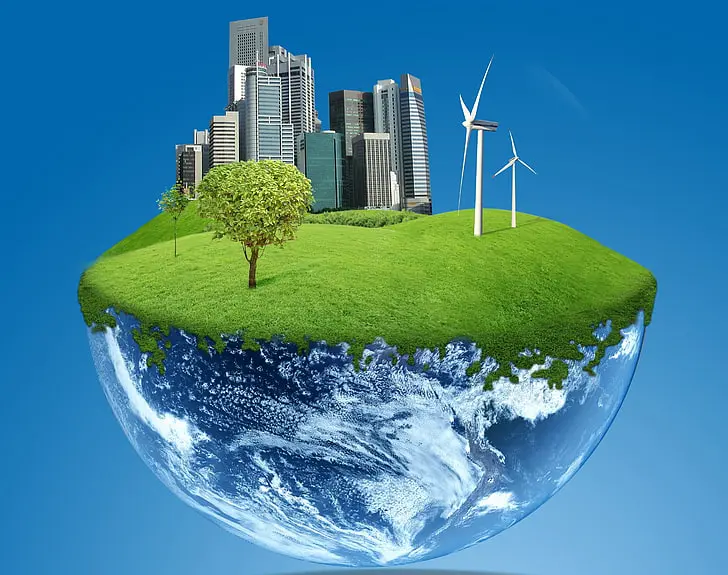
Navigating the complexities of community-led clean energy projects can often lead to a plethora of questions.
From funding challenges to community engagement, many aspects require careful consideration.
Our Frequently Asked Questions (FAQ) section aims to address some of these queries, offering straightforward answers to help you gain a better understanding of how to get involved and make your community more sustainable.
Q: How Do We Fund a Community-Led Clean Energy Project?
A: Funding is often the most challenging part of initiating a community project.
Options range from grants and governmental aid to crowdfunding or creating a community energy cooperative where residents invest in the project.
Research what’s available in your area and get creative with financing options.
Q: Are There Any Legal Impediments to Starting a Community-Led Clean Energy Project?
A: Legal requirements can vary significantly depending on your location and the scope of the project.
It’s important to consult local regulations and possibly seek legal advice.
Permits may be required, and you’ll need to ensure that your project complies with both local and federal standards.
Q: How Do We Get the Community Involved?
A: Community involvement is crucial for the success of any community-led initiative.
Begin with public meetings to gauge interest and share information. Use social media to reach a wider audience.
Also, partnering with local organizations or schools can help in spreading the word and getting more people involved.
Q: What Types of Clean Energy Are Most Suitable for Community-Led Projects?
A: The suitability of a particular type of clean energy can depend on various factors including geographic location, available resources, and community needs.
Solar energy is often a good starting point due to its scalability and decreasing costs.
Wind and hydroelectric power can also be feasible options, depending on your locality.
Conclusion
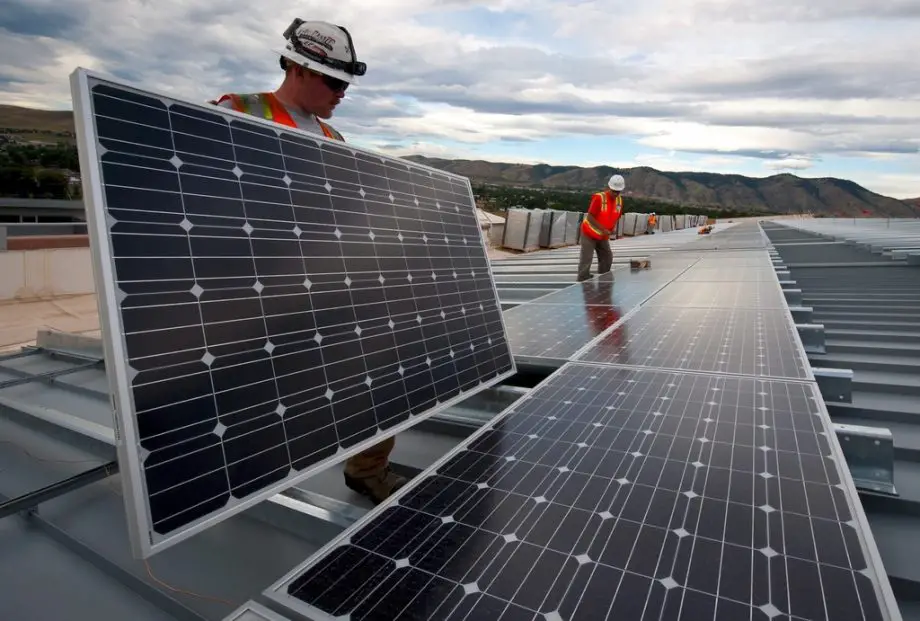
Community-led clean energy represents a transformative approach to how we think about and utilize energy resources.
Unlike large-scale projects run by corporations or government bodies, these initiatives are spearheaded by local communities themselves.
This grassroots approach allows for faster decision-making, better adaptability to local needs, and a greater sense of ownership among participants.
Whether it’s a neighborhood solar power installation, a community wind farm, or local workshops teaching energy efficiency, these efforts not only advance the use of clean energy but also empower communities to take control of their energy futures.
They offer a model that can be scaled and replicated, making them an essential part of global efforts to mitigate climate change.
Communities are more than just the sum of their residents. They are powerful agents of change in the world of clean energy.
By leveraging local resources and unity, community-led clean energy projects are becoming beacons of sustainable living.
It’s not just about going green; it’s about coming together to make a lasting impact.
The time to act is now; your community could very well be the next success story in this ever-important movement.

